The act of gardening can be rather enjoyable at times. In particular gardening in one’s backyard. You have a large garden at the rear of your house where you grow various plants, including flowers, vegetables, herbs, and fruits. The following article will get you up and running quickly and easily so that you can start growing plants with outstanding health and remain one step ahead of any difficulties.
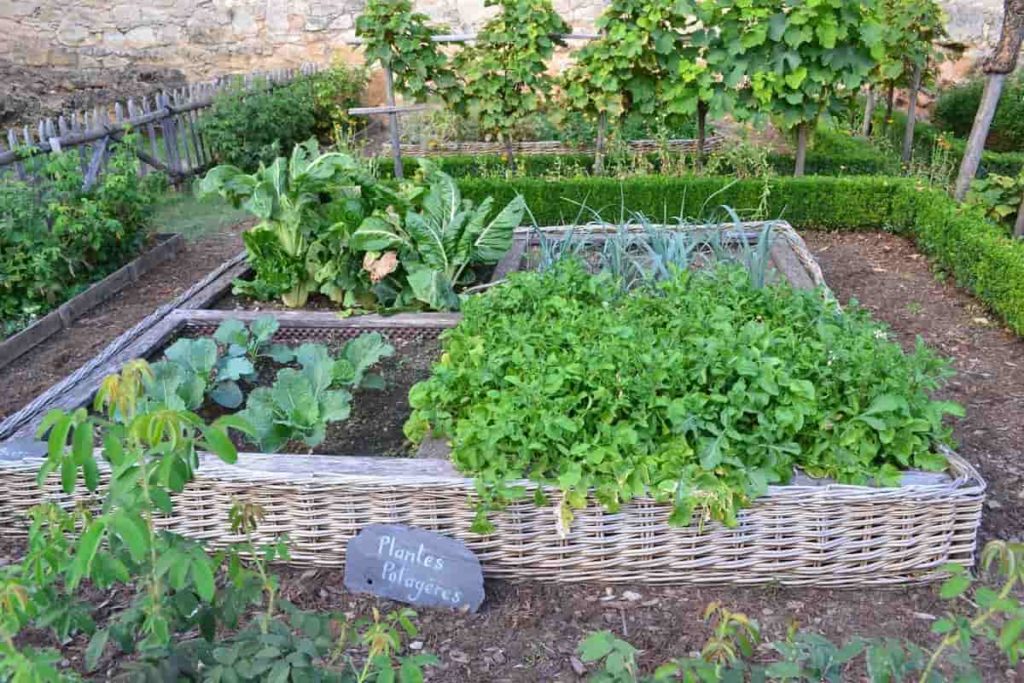
The rest of it is something you’ll pick up as you go, and that’s part of the true excitement of gardening: conquering unforeseen challenges and coming out with a bountiful crop at the end of the growing season. You get to enjoy the rewards of your effort in a very literal sense! One of the most exciting aspects of gardening is planting your backyard garden. Because planting is not difficult, anybody and everyone can take part. Everyone takes pleasure in seeing the seed they planted to germinate and develop into a new plant.
It is necessary to have certain kinds of tools and materials to succeed. Before it is time to plant, double-check that you have them available. Below we are going to learn about Charlotte backyard gardening, plants that grow well in charlotte, NC, the best flowers to plant in Charlotte, NC, the climate and planting zones of Charlotte, NC, best flowers, fruits, herbs, and vegetables to grow in Charlotte, North Carolina, when to start planting in Charlotte, North Carolina, and a step by step guide to starting a backyard garden in Charlotte, North Carolina.
How is the climate, and what are the USDA hardiness zones of Charlotte?
As you proceed eastward across North Carolina, the number of zones (6, 7, and 8) increases. Zone 6 is dominated by mountains, and zone 7 is dominated by piedmont and the north-eastern coastal plain. Carolinas Charlotte is home to USDA hardiness zones 7b and 8a. Consider other aspects, such as planting zones, while deciding which plants will flourish in your location.
Soil conditions, wind speed, humidity, sunlight, and even total snowfall affect plant growth. Your region may also have unique features, such as a sliver of sunlight, a protected place, or an area where colder air penetrates a low point in the landscape. The success of a plant can be influenced in various ways by even the smallest of these alterations.
Keep any flowering plants in the appropriate zone when planning your next garden. When selecting plants for your garden, use a planting zone map as a recommendation rather than a hard and fast rule. Gardening is an excellent way to get to know your plants better. It’s best to cover the plants during the coldest months if you pick plants beyond your specified hardiness zone. While the city of Charlotte is located in USDA hardiness zone 8a, its surrounding suburbs, except the southernmost reaches, fall within USDA hardiness zone 7b.
Many significant changes occurred from 1990 to 2020. The average daily temperature in January is 42.1 °F (5.6 °C). The average number of nights with temperatures falling to or below freezing is 59, while the average number of days with temperatures not rising above freezing is 1.5. Only August, with an average rainfall of 4.35 inches, is wetter than the rest of the year when it comes to rainfall. There is a lot of rain in the summer, and the average daily high temperature in July is 80.1 degrees Fahrenheit (26.7 degrees Celsius).
Charlotte backyard gardening: A step-by-step guide to starting a backyard garden in Charlotte
Choose the ideal spot in your backyard
The placement of the garden is an essential factor in promoting more excellent plant development. An ideal site for a garden gives ample solar exposure, healthy and well-drained soil, and a nearby water supply. Direct sunshine exposure for at least eight to ten hours daily is ideal for backyard plants. Shaded locations tend to produce slender, wiry plants with a poor yield because their stems are too weak and their leaves are too thin.
Under normal circumstances, plants get enough sunlight to develop powerful, robust stems and thick, resilient leaves. Although the soil in a sunny place can be a little poorer, keeping your garden away from areas often overshadowed by trees is essential. The use of modern fertilizers and soil conditioners allows the gardener to develop the soil and take advantage of the favorable sunny position.
Locate the garden as closely as possible to the home if possible. It will be easy for the gardener to check on it throughout the day as their time permits. Once you’ve chosen an excellent spot for your garden, don’t move it for many years to allow the soil to increase in tilth and richness. It is essential, however, to move crops around in the garden each year.
You can rotate crops between two plots if there’s enough land. In areas where erosion is extreme, soil fertility is lost. Soil loss can’t be prevented since gardens grow so intensely yearly. Avoid slopes that are prone to erosion if at all feasible. Vegetable output is sometimes limited by soil moisture. Thus, it’s essential to place the garden near a water supply.
Short seed germination, rapid establishment of transplanted crops, and continued plant development during dry seasons all need a readily accessible moisture supply. Make sure the garden is situated in a location that is not close to any trees or bushes, as their roots will compete with those of the vegetable plants for water and the nutrients that plants need to grow.
Prepare the soil in your backyard
Lime or rock phosphate should be given to the soil in the autumn after it is turned. Rock phosphate should never be used in conjunction with lime due to the calcium in lime slowing or preventing phosphorus release. At a minimum, you should get a soil test to estimate the phosphorus needed. Phosphorus can be freed from the soil’s inaccessible forms if the pH increases.
In case you missed it: How to Prepare the Soil for Avocado Plants/Trees: Best Soil Mix, pH, Compost, and Recipe
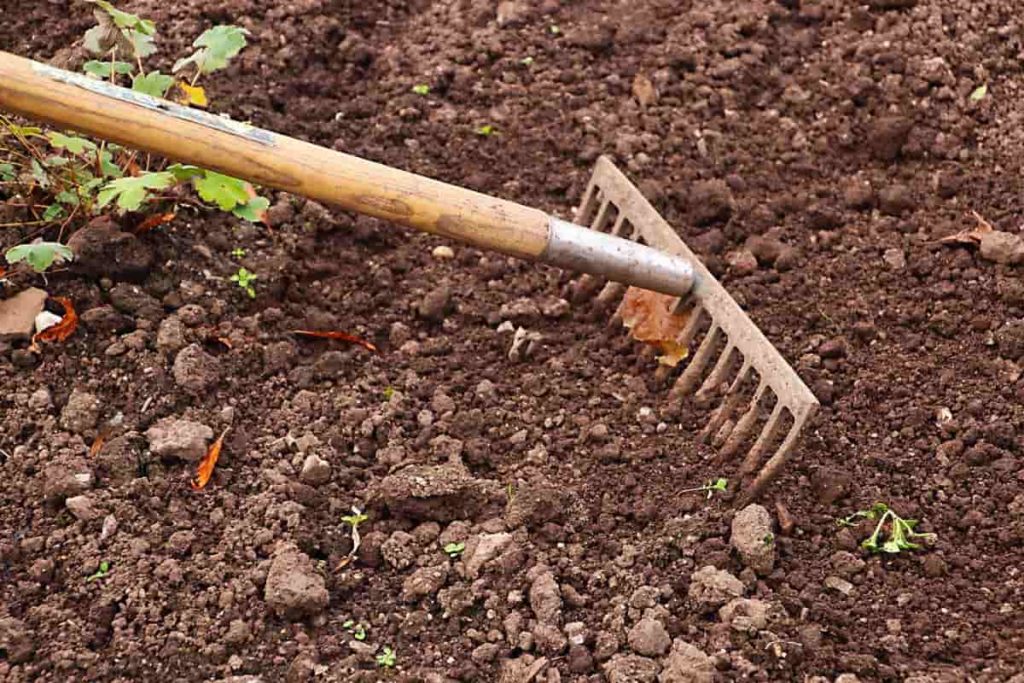
You can utilize bone meal as a source of phosphorus in the spring since it is more readily accessible than rock phosphate. Plant debris is incorporated into the soil, and the soil is loosened so that crops can thrive in it by raking the soil. Our recommendation is not to turn the soil in the autumn unless to plant a winter cover crop or mulch the backyard garden for the winter to reduce nutrient loss and soil erosion.
Spring is a better time to work on nutrient-rich soils. Soil low in some minerals can still be treated in the spring, but fertilizer needs to release nutrients more quickly. Too-wet soils should not be worked in. Soil can be tested by shaping it into balls with your hands. As soon as you push down with your thumb and the soil breaks easily, you know it’s time to start working it. The structure of moist soil is destroyed and compacted when it is worked, particularly with power equipment.
Some gardeners only change the soil the first time they garden in a new location. A garden fork wiggled back and forth in the soil is required to loosen it, as long as weeds are not an issue. Although turning green manure beneath can generate a huge increase in microbial activity in the soil, this method is more convenient for the gardener.
Start planting your backyard garden
Before planting, sketch up a garden layout. Include information such as the length of the rows, the distance between rows, and the positions of the crops. If you want to avoid suffocating the shorter plants in your garden, place taller plants on the north side of the plot. Avoid growing crops sensitive to the same pests and diseases nearby.
Even in a tiny garden, crop rotation is essential. Many plant pests can survive the winter in the soil, and if given a host each spring, they may grow over time. Repeatedly planting the same crops depletes soil nutrients, making it less fruitful. After two or three years, you can transplant the same family of plants into your garden. It is ideal for gardeners to have two or more separate plots of land.
Most gardeners use rows on a level area; others use raised beds for their plants. Free-standing piles of soil, 6 to 12 inches over ground level and ranging from 3 to 5 feet broad, are the most common raised garden bed. Supported beds may be even deeper than most mattresses’ 6 to 12 inches. It’s easy to maintain beds since the soil isn’t trampled, allowing for good drainage, aeration, and rapid spring warming.
Soil amendments may be applied considerably more effectively due to the constrained area and the lack of need to replenish pathways that connect the beds permanently. Turning the bed over yearly with compost, loamy soil, rotten manure, and other additives can help it grow. However, quackgrass may grow beneath the wooden sides of this design. It’s possible to garden more intensively since the bed’s conditions are so near-optimal, meaning plants can be placed considerably closer together.
Diseases and insects can spread more easily when crops are planted close together. Buying transplants from a local supply shop is a standard recommendation for home gardeners. At least four hours of direct sunshine or enough artificial light is required daily for home-raised transplants. Otherwise, they will grow tall and get prone to diseases. The benefits of growing your transplants include the ability to pick from a wide variety of types and the avoidance of the use of synthetic fertilizers, fungicides, and insects.
Fertile, disease-free soil combinations are just as important as enough light for growing healthy transplants. Compared to soil-based mixes, artificial soil mixtures are less prone to retain disease, lighter, aerated, and better able to store water. Garden supply businesses have these kinds of blends.
All nutrients must be included in artificial mixes. Synthetic fertilizer is often included in most commercial mixtures. However, some don’t contain it. Manure, compost tea, or liquid fish or seaweed products may be used as synthetic fertilizer alternatives weekly. Most organic fertilizers, including rock powders, deliver nutrients too slowly for seedlings.
Water your backyard garden
From April through September, plants need an average of one inch of water each week, while the exact quantity depends on the crop, development stage, and weather circumstances. It is sufficient for most soils to get 65 to 130 gallons per 100 square feet of water per week during dry seasons. Each variety of plant has a vital watering time that must be observed. Most plants need the most water during their initial few weeks of growth, after transplanting, and throughout the bloom and fruit stages.
Seedlings need more water at a shallower depth, whereas older plants require deeper, less often watered areas. Generally, watering from the ground rather than from the sky is more efficient and environmentally friendly (sprinklers or hoses). As a result, trickle irrigation reduces disease and weed development by delivering water straight to the roots of the crops.
Trickle irrigation using soaker hoses is the least costly and most simple method. Water gently seeps out of these fibrous pipes down their length. Emitter-type systems send water straight to plant roots but are expensive and difficult to install. To avoid clogging, these systems need filters or self-flushing characteristics.
Overhead watering methods include the use of sprinklers and hand hoses. The foliar disease can be minimized when using a handheld hose to irrigate by wetting the roots rather than the leaves. The foliage has more time to dry out throughout the day when watered early in the morning, which also helps avoid diseases. Overhead sprinklers should be applied at a rate of 0.5 inches per hour to minimize runoff.
Fertilize your backyard garden
Plants require nitrogen, phosphorous, and potassium, which are listed as N-P-K on the box, and the ratios of each can be found on the label. For example, the label “20-20-20” on a general-purpose fertilizer indicates that each chemical element—nitrogen, phosphorus, and potassium—contributes 20 percent by weight to the entire formula. The ingredient percentages are available in various ratios to meet the demands of various fertilizers.
To increase flower output, you should use a fertilizer combination with a high phosphorus content, such as 15-30-15. Choosing a fertilizer mix with high nitrogen content, such as 25-6-4, can help you get a green lawn. Roses, bulbs, and vegetables all have specialized fertilizers. Ensure that the N-P-K ratio on the label is checked since a generic fertilizer can have the same nutritional percentages but cost less than the specific fertilizer you are looking for.
Using the appropriate fertilizer is just as crucial as knowing when to apply it. There’s no purpose in fertilizing if you don’t apply the fertilizer at the right moment for the plant to benefit from it. Early spring feedings of a well-balanced granular fertilizer benefit most perennials, annuals, vegetables, and lawns.
However, you should avoid fertilizing before the spring rains since the nutrients will just drain out of the soil. Annuals benefit from three to four extra applications of a high-phosphorus, water-soluble fertilizer throughout the growing season, while lawns gain from an early-fall granular fertilizer treatment.
Pest and disease management in your backyard garden
Pesticides should only be used as a last resort for home gardeners after all other disease control measures have failed. Because commercial farmers have access to more and better fungicides and bactericides, backyard home gardeners can be limited in what they may use. Pesticides aren’t necessary to grow most plants in a home garden most of the time.
Preventative measures such as using fungicides can be necessary when diseases have been an issue, but other methods have proven ineffective. Backyard gardeners can use maneb, mancozeb, sulfur, and copper compounds on certain crops. Antifungal products are most effective when taken before or at the start of a disease outbreak. Fungicides don’t treat existing signs and symptoms of the disease.
An application of Terraclor is used to prevent the spread of Rhizoctonia damping-off and other diseases in transplants. Copper products suppress both bacterial and fungal pathogens. Powdery mildews can be killed by using sulfur. It’s important to utilize coppers and sulfurs with caution since they can burn the leaves of certain plant species. Always read the label and take all necessary precautions to ensure that a pesticide is used safely and effectively.
When to start planting in Charlotte?
In Charlotte, the best time of year to grow plants is around the end of winter. A plant’s roots are about to enter their most active growth phase. As a result, plants might get off to a great start before the hard growth season of summer arrives. Zone 7 of the USDA Hardiness Scale indicates that you can start planting your backyard garden in Charlotte as early as February if you choose cold-loving varieties of vegetables.
The best time to start indoor seedlings in Charlotte, North Carolina, is six to eight weeks before its first frost, and the end of April is an excellent time to plant annuals there as well. Be careful to verify the weather in your location since frosts vary greatly from place to place. Their average winter temperature range distinguishes two subzones, 7a and 7b. 7a and 7b have temperature ranges of 0°F to 5°F and 5°F to 10°F, respectively.
On the other hand, perennials are excellent choices since they can withstand colder temperatures better than annuals. Cold boxing and mowing will also be beneficial, but you shouldn’t worry about being in an area with excessive heat or cold. Concerned about what you should sow? When it comes to planting early spring crops, February is the best time to do it. This includes a variety of vegetables, including kale; cabbage; collards; onions; spinach, beets, turnips, and many more. Now is the time to start seedlings and develop garden plans.
Best vegetables that grow well in Charlotte
Backyards in Charlotte, North Carolina, are ideal locations for growing a wide variety of vegetables, including beets, celery, spinach, onions, turnips, chard, radishes, broccoli, tomatoes, potatoes, squash, okra, rhubarb, asparagus, and other types of vegetables.
In case you missed it: 18 Common Broccoli Plant Problems: How to Fix Them, Solutions, and Treatment
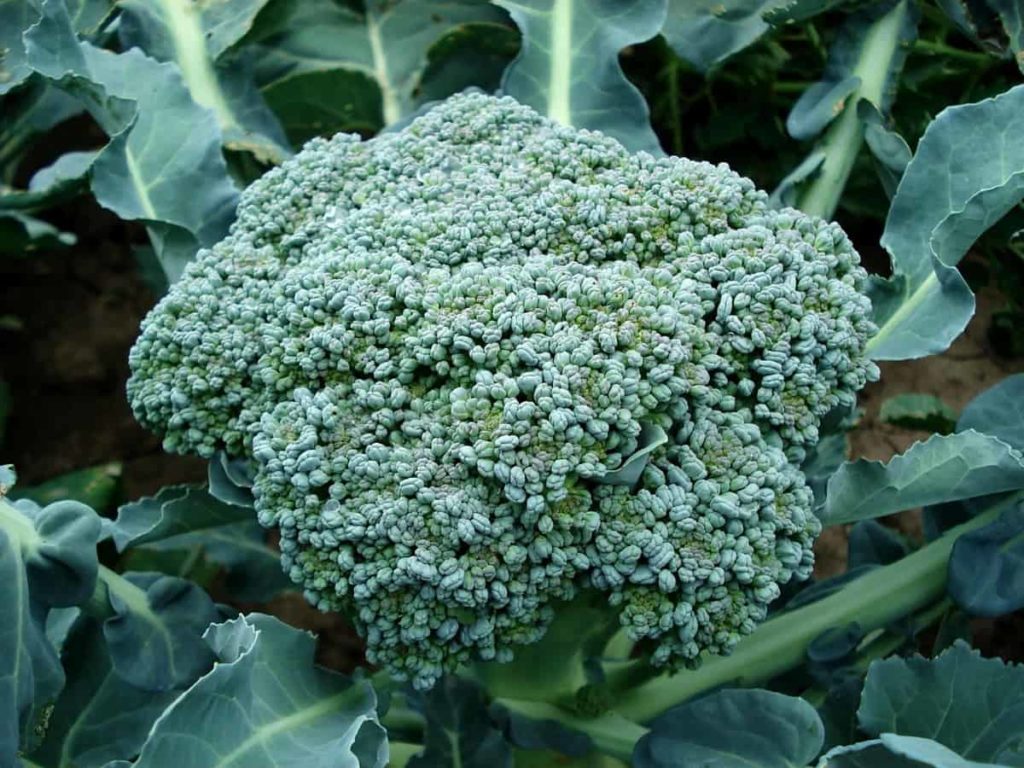
Best fruits that grow well in Charlotte
In the backyards of Charlotte’s homes, many different kinds of fruit, such as blueberries, figs, raspberries, strawberries, kiwifruit, apples, blackberries, pecans, peaches, muscadine grapes, nectarines, oranges, chestnuts, figs, persimmons, plums, and others can be grown with ease.
In case you missed it: 15 Common Peach Tree Problems: How to Fix Them, Solutions, and Treatment
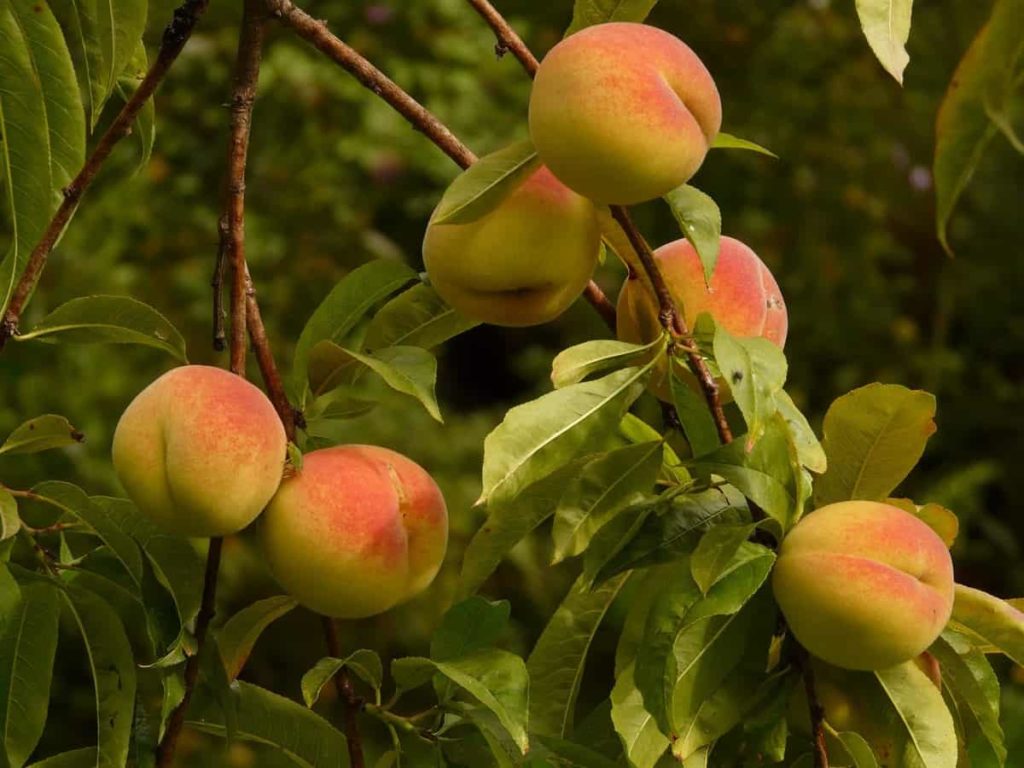
Best flowers that grow well in Charlotte
Many flowers such as geraniums, petunias, peas, black-eyed Susans, butterfly weed, stokes aster, woodland phlox, million bells, coneflowers, and other flowers can be grown in the backyards of charlotte.
In case you missed it: Top 25 Steps to Boost Sunflower Yield: How To Increase Sunflower Seed Production
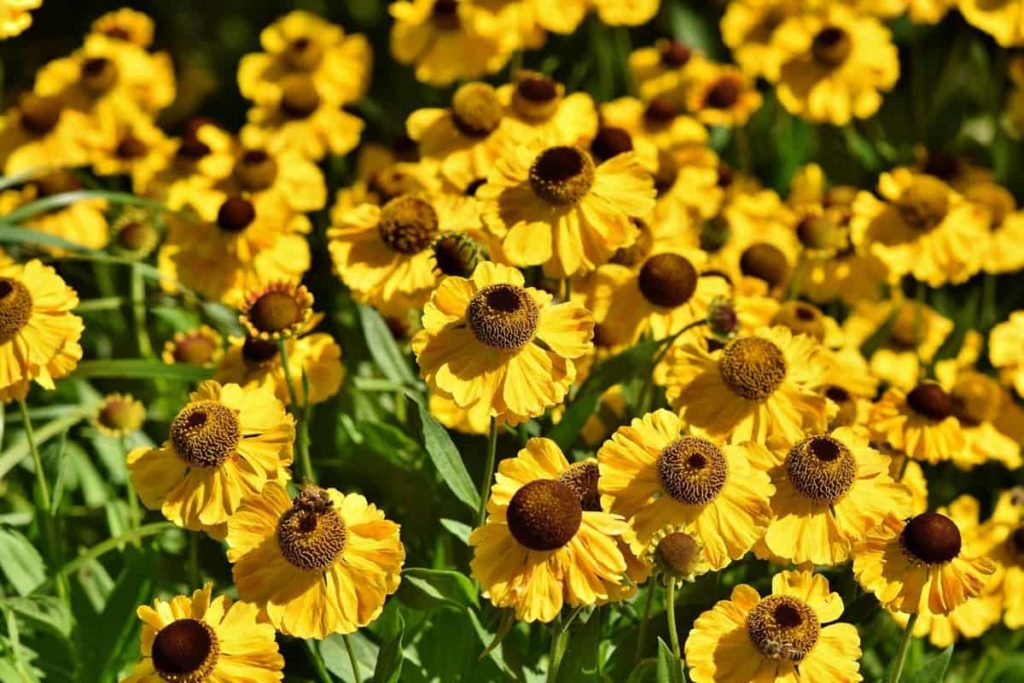
Best herbs that grow well in Charlotte
Many herbs such as cilantro, rosemary, mint, lavender, basil, parsley, thyme, sage, chives, and other herbs can be grown well in the backyards of Charlotte with ease.
In case you missed it: Top 25 Steps to Boost Sunflower Yield: How To Increase Sunflower Seed Production
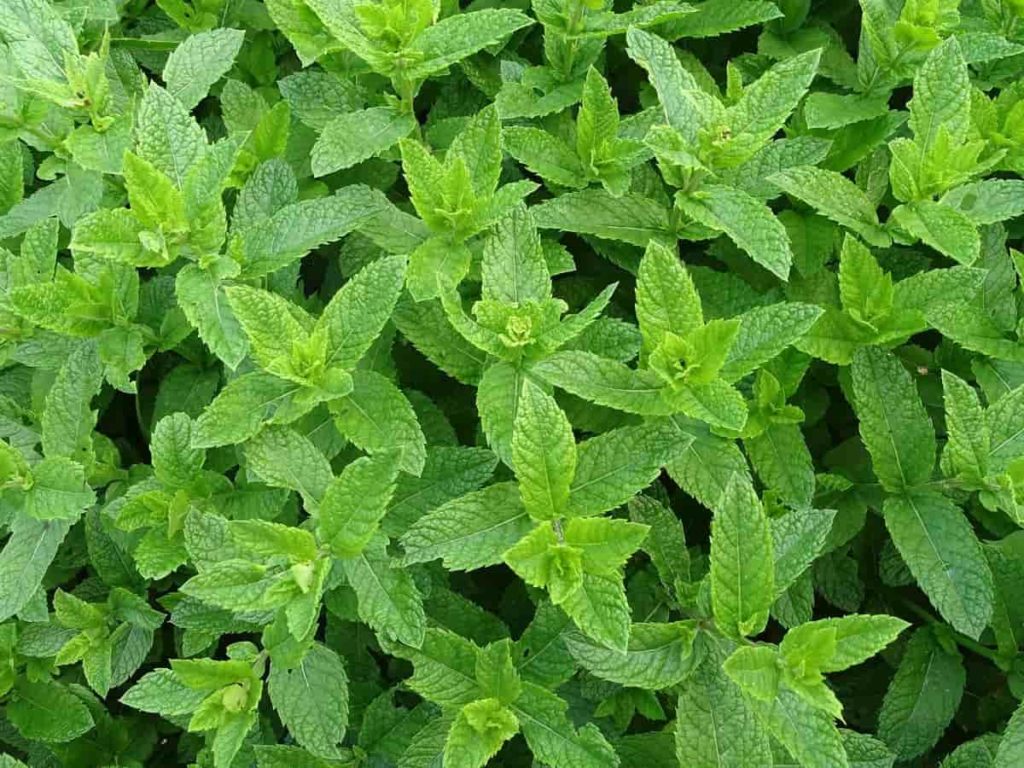
Growing Indian Vegetables, Fruits, Flowers, Herbs, and Spices in the Backyards of Charlotte, North Carolina
You may easily grow Indian vegetables in North Carolina such as Bottle Gourd (Sorakaya), Ridge Gourd (Beerakaya), Snake Gourd (Potlakaya), Cluster Beans (Goru Chikkudu), Broad beans (Chikkudukaya), Gongura, Bitter Gourd (Kakarakaya), Ivy Gourd (Dondakaya), Bitter Gourd (Kakarakaya), Yellow Cucumber (Dosakaya), Malabar Spinach (Bachalikura), Ginger (Allam), Garlic (Vellulli), Bayleaf, Moringa (Drumstick/Munagakaya), Turmeric (Pasupu), Taro Root/Arbi Root (Chamadumpa), (Okra Bhindi/Bendakaya), Green Chilli (Pachi Mirchi), Brinjal (Baingan/Vankaya), Parwal, Methi Leaves (Menthikura), Curry Leaves (Karivepaku), Kothimeera, Ponnaganti Kura, Chukka Kura (Khatta Palak), Thotakura/Amaranthus, and Palakura/Spinach, Henna Plant (Mehndi/Gorintaku)
You may also grow flowers such as Jasmin flowers (Malle Poolu), Marigolds (Banthipoolu), Crossandra (Kanakambaram), and Chrysanthemums (Chamanthi Poolu), Gerbera, Bougainvillea, Dahlia, and Hibiscus (Mandaram).
You may also grow fruits such as Guava (Jama), Custard Apple (Sitaphal), Mango (Aam/Mamidi), Jamun (Alla Neredu), Sapota/Sapodilla, Indian Ber (Regi Pallu), and Indian Gooseberry (Amla/Usirikaya).
Conclusion
As was just seen, Charlotte’s backyards are ideal locations for growing a wide variety of plant life. It is not difficult to grow a wide variety of flowers, fruits, and herbs. The gardening activity in your backyard is a lot of fun and can also serve as a teaching tool for your children.
In addition to the information presented above, we discovered that growing fruits and vegetables in one’s garden could serve as a nutritious food source. The best time to harvest plants is when they are at their most flavorful and succulent, but you shouldn’t pick them until right before you want to use them in a dish.
- Broccoli Seed Germination and Selection
- Asparagus Seed Germination and Variety Selection
- Seasonal Flower Gardening: Best Practices for Spring, Summer, Fall, and Winter
- How to Grow Hibiscus from Flower
- Plantation Ideas for Home Decoration: A Beginners Guide
- Flower Garden Designs and Layouts for Beginners
- Planting and Spacing Techniques in Papaya: A Beginner’s Guide
- Growing Gold: Essential Techniques for Planting Pineapples
- How to Make Kalanchoe Plant Bushy: Home Remedies and Solutions
- 11 Reasons Why Your Gardenia is Not Blooming: Home Remedies and Solutions
- Eco Elegance: The Guide to Designing a Drought-Tolerant Landscape
- Gardening on a Slope: Strategies for Hillside Landscaping
- Nourish and Flourish: Top Organic Mulches for Thriving House Plants
- Everything You Want to Know about Indian Mogra Flower: Discover Uses and Growing
- Green Thumb Success: Expert Tips for Cultivating Greenhouse Pumpkins All Year Round
- Maximize Growth & Flavor: The Ultimate Guide to Companion Planting in Herb Gardens
- How to Control Rhododendron Problems Naturally: Home Remedies and Organic Ways to Fix Them
- Natural Magic: The Remarkable Benefits of Cinnamon for Plants
- Best Steps to Revive Dying Tulip with Natural and Organic Treatment
- 10 Reasons Why Your Angel Trumpet is Not Blooming: Remedies and Treatment
- How to Fix Periwinkle Leaf and Flower-Related Problems: Natural Remedies and Solutions
- How to Fix Zinnias Leaf and Flower Problems: Discover Natural and Home Remedies
- Organic Steps to Induce Lemon Tree Flowers: A Comprehensive Guide
- Bloom Booster: Crafting the Perfect Homemade Bougainvillea Fertilizer
- Optimizing Growth: A Guide to Applying NPK Fertilizer for Potted Plants
- 10 Best Homemade Fertilizers for Rubber Plant: DIY Recipes and Application Method
- How to Boost Female Pumpkin Flowers: Effective Steps for More Flowers and High Yields
- Transform Your Indoor Garden: Top Benefits of Pink Salt for Houseplants
- 10 Best Homemade Fertilizers for Peacock Plants (Calathea): Easy DIY Guide
- Unlock Blooms: 9 Reasons Why Your Potted Chrysanthemum is Not Blooming
- 8 Reasons Why Your Potted Hibiscus is Not Blooming: Fix it with Simple Solutions
- Unlock Blooms: 9 Key Reasons Your Potted Frangipani Won’t Flower
- 10 Reasons Why Is My Ice Plant Not Blooming: Remedies and Treatment
- 10 Reasons Why My Potted Hydrangea Not Blooming: Treatment and Remedies
- 10 Reasons Why is My Wisteria Not Blooming: Remedies and Treatment
- 10 Reasons Why is My Goldfish Plant Not Blooming: Remedies and Treatment
Hi, I also live in zone 7b. But I am not successful in growing chukka Kura(khatta palak). Usually what time of the year is best to plant chukka kura?